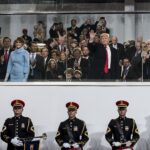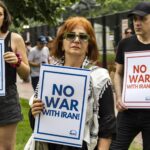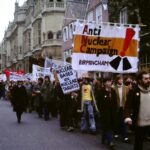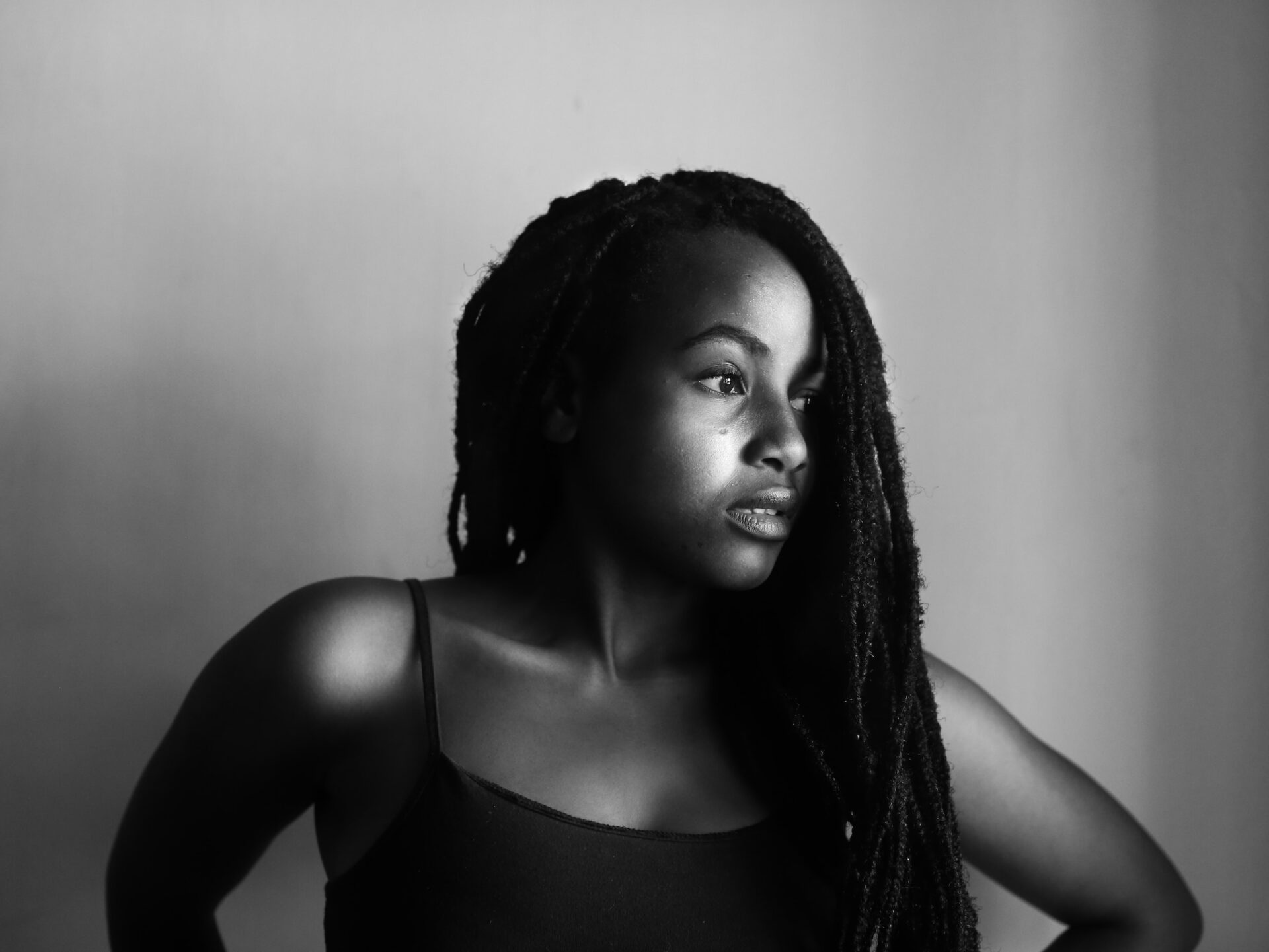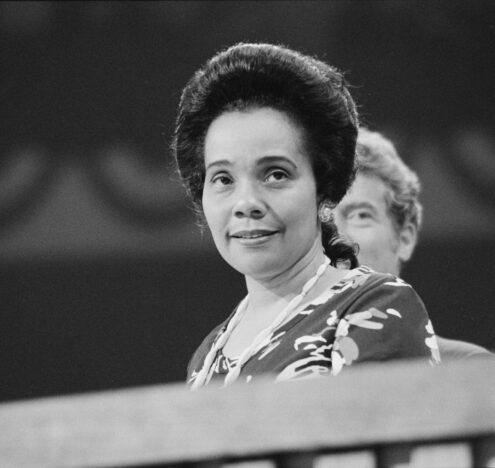As a social media researcher and scholar, I had very little knowledge about peace and security until I became a consultant for Organizations in Solidarity (OiS), a program of Women of Color Advancing Peace, Security, and Conflict Transformation (WCAPS). During the past year and a half and working with different people in this field, I have learned so much about peace and security and its importance — and the problem with diversity in this field.
When I search for diversity, equity, and inclusion (DEI) in peace and security, it’s easy to find DEI commitment statements from organizations across the field promising to make a change. Many field experts, such as Hadeil Ali, Bonnie Jenkins, and Cynthia Yue, have also proclaimed and emphasized how important DEI is to peace and security. However, even after this search, I had unanswered questions: What actions are actually being taken to implement these commitments? What real DEI changes are happening in peace and security?
The answers were hard to find. Other than OiS data, there is a lack of available field-wide diversity statistics in peace and security, which is the first problem. Secondly, when there are statistics, diverse representations are significantly lacking, as pointed out in a survey about the field of International Relations. These statistics are alarming but unsurprising, as DEI has been a historical struggle in workplaces across different fields. However, as the various subfields of peace and security embark on missions to protect and amplify voices around the world, there needs to be a greater effort to make a sustainable change.
Although statistics emphasize the number of representatives in a group, what we should strive for in DEI is not just numbers that signify an appearance of diversity. Organizations need to make a more genuine effort to uphold the voices of people of color
Media is a powerful communication tool to increase representation and connect with a diverse audience. And so, the Media Gatekeepers’ Toolkit was created, in collaboration with the Elevating Black and POC Voices working group within OiS, to provide practical steps to implement DEI, especially to empower women of color in the peace and security field.
The toolkit focuses on media efforts like panels and events, press, websites, social media, and internal communication that organizations and individuals can easily understand and apply in their customized settings. Although not every medium is covered, such as television and radio, we identified the most frequently used and accessible media communication that any peace and security organization can utilize.
Avoiding Tokenism
The toolkit defines tokenism as: “The practice of making only a perfunctory or symbolic effort to do a particular thing, especially by recruiting a small number of people from underrepresented groups to give the appearance of racial equality within a workforce.”
Although statistics emphasize the number of representatives in a group, what we should strive for in DEI is not just numbers that signify an appearance of diversity. Organizations need to make a more genuine effort to uphold the voices of people of color — especially women of color — and give deeper meaning to their representation. For example, when it comes to organizing panels and events, organizers should not include women of color simply because of optics but should go further by deeply understanding women of color’s expertise and what they will bring to these events.
The International Peace Institute is a great example of how the expertise of women of color is valued. The Women’s Agency in Post-Conflict Reconciliation in Colombia, Sri Lanka, and Uganda forum featured women of color who are also experts in their field, such as professors and founders. The 2022 Innovations Dialogue: AI Disruption, Peace, And Security conference hosted by the UN Institute for Disarmament Research also featured diverse women experts from around the world. The panelists at these events were not selected simply because they were women or because they belonged to a specific race. Instead, they were selected because of the credibility they have built in these areas that are intrinsically related to national security.
These examples are a reminder for organizations to seek out more women of color who are experts in the field to diversify perspectives. They are there, and organizations need to do more to engage them. We should try harder because their authentic presence can enrich these events and bring in more audiences to connect with their stories and expertise.
How to Empower
The toolkit is not just for white people in the field to help people of color. I argue that helping insinuates that the recipients lack some necessary qualities, but that is not the case. People of color can and do advance in the field, and this toolkit is also full of strategies for them to utilize for themselves and others.
What we emphasize from the toolkit is empowerment rather than help. Any reader of this toolkit can initiate actions to recognize and uplift people of color, and especially women of color, to break the barriers inherent to the current privilege-based system. Especially if you are in a leadership position, you have the power to nominate relevant women of color for media opportunities. Even if you are not in a leadership position, you can encourage and support women of color to speak in a meeting, for example, when their area of expertise comes up. Social media can play a key role here.
Organizations should take advantage of various social media tools to highlight and collaborate with women of color. Social media has become a staple tool for many peace and security organizations to globally share their mission and provide updates on their activities with a click of a button. Within social media, one can use many social features to empower women of color to voice their perspectives. However, not all tools are created equal. Although there are many live event videos on YouTube, such as the UN meeting on women and peace and security, which feature many established women of color, this content may be too long to watch. Is this accessible? Is there an impact?
To attract and cultivate future generations interested in peace and security, organizations and individuals can utilize collaborative and engaging tools to feature women of color. For example, WCAPS created an Instagram reel featuring Hannah Traore, a former WCAPS Art Forum Curator, who discussed women artists of color whose work ties in with peace and security in a short-form video. This is a great way to include young people in peace and security to create connections and break their perceptions and stereotypes about this field. Giving relevant media opportunities like this can empower women of color to thrive and showcase their talent to further spread their knowledge and create more agency for their expertise.
The toolkit, however, is just the beginning of a long journey.





